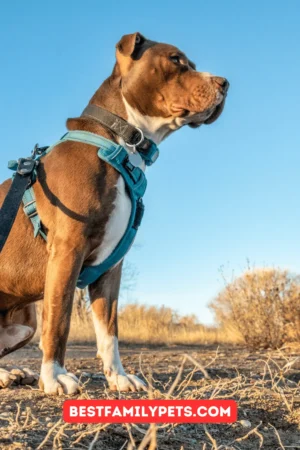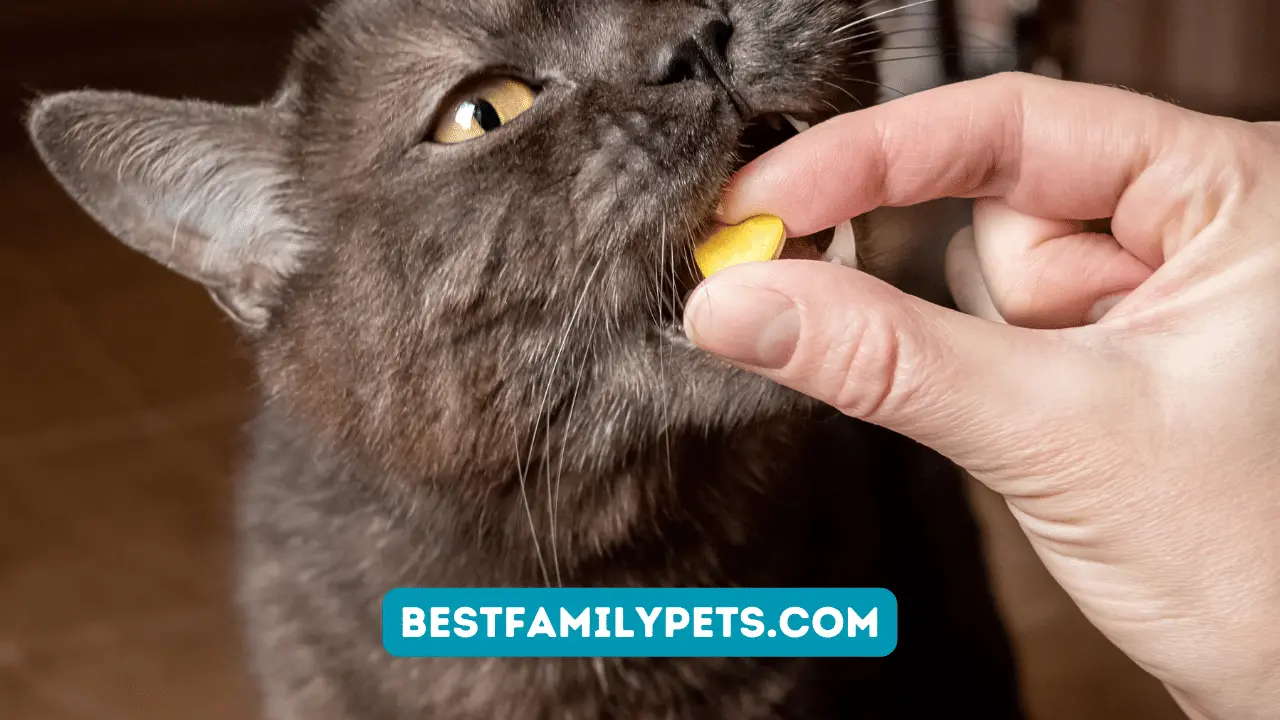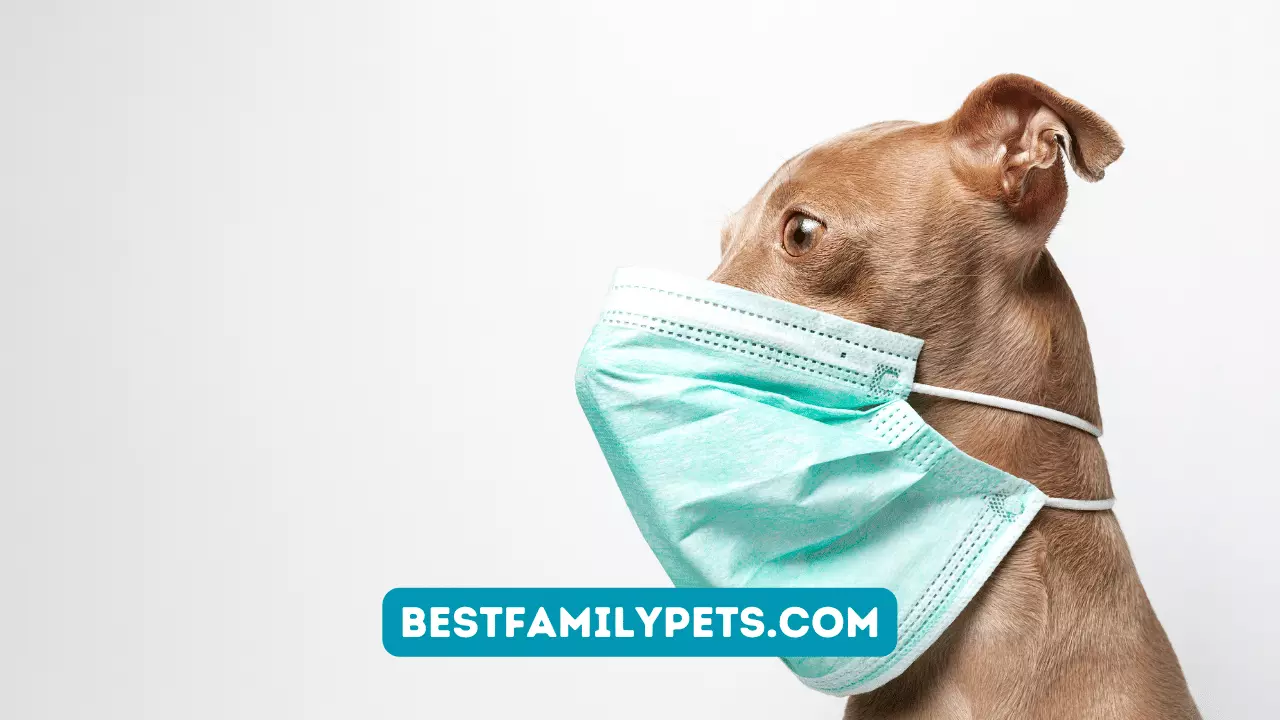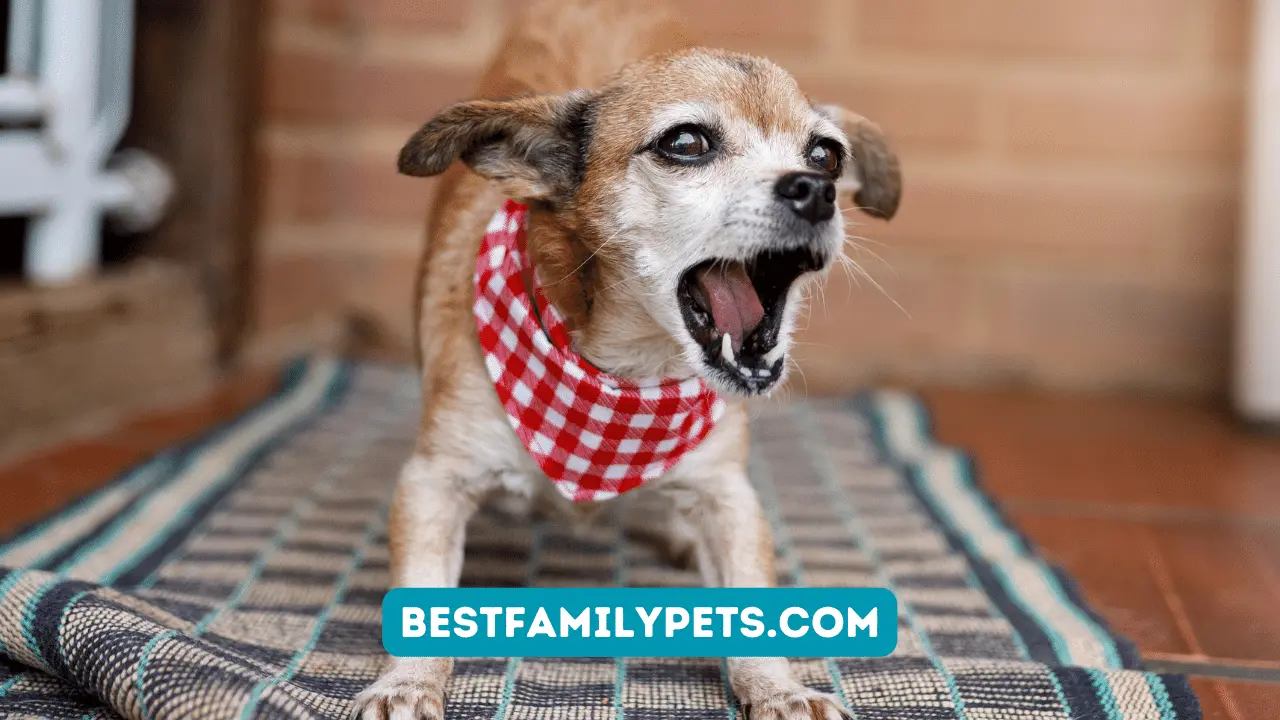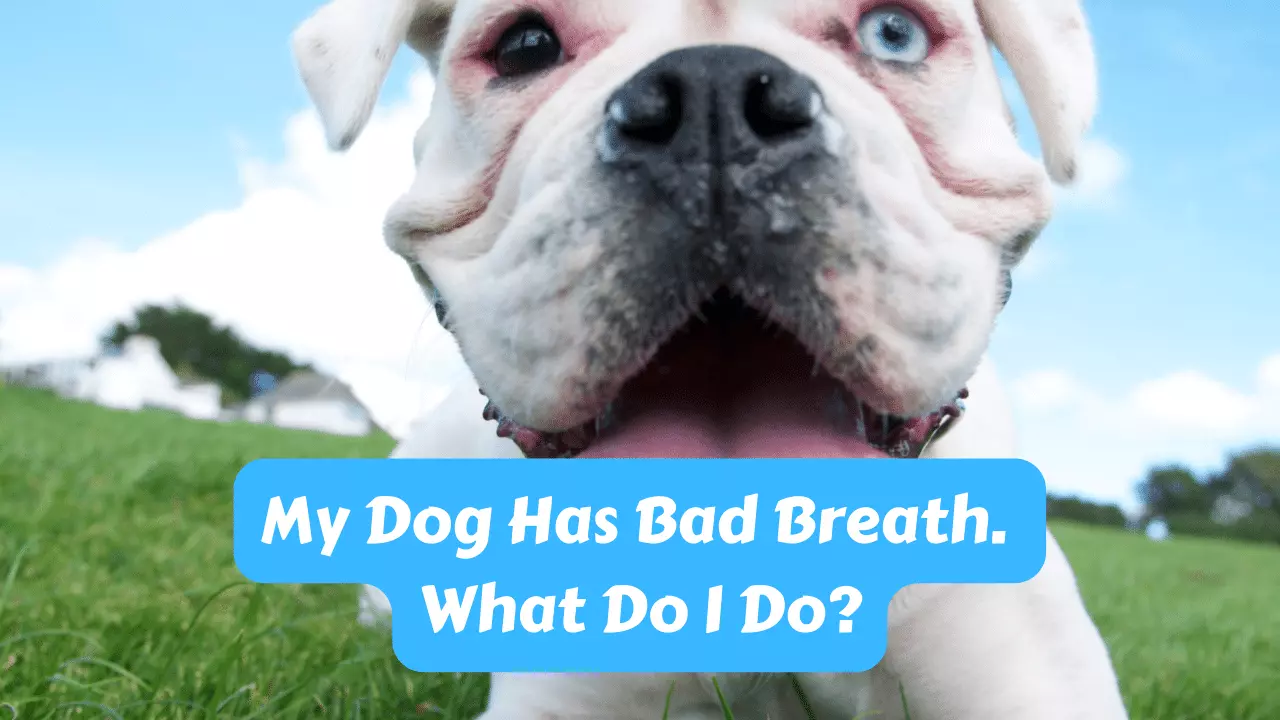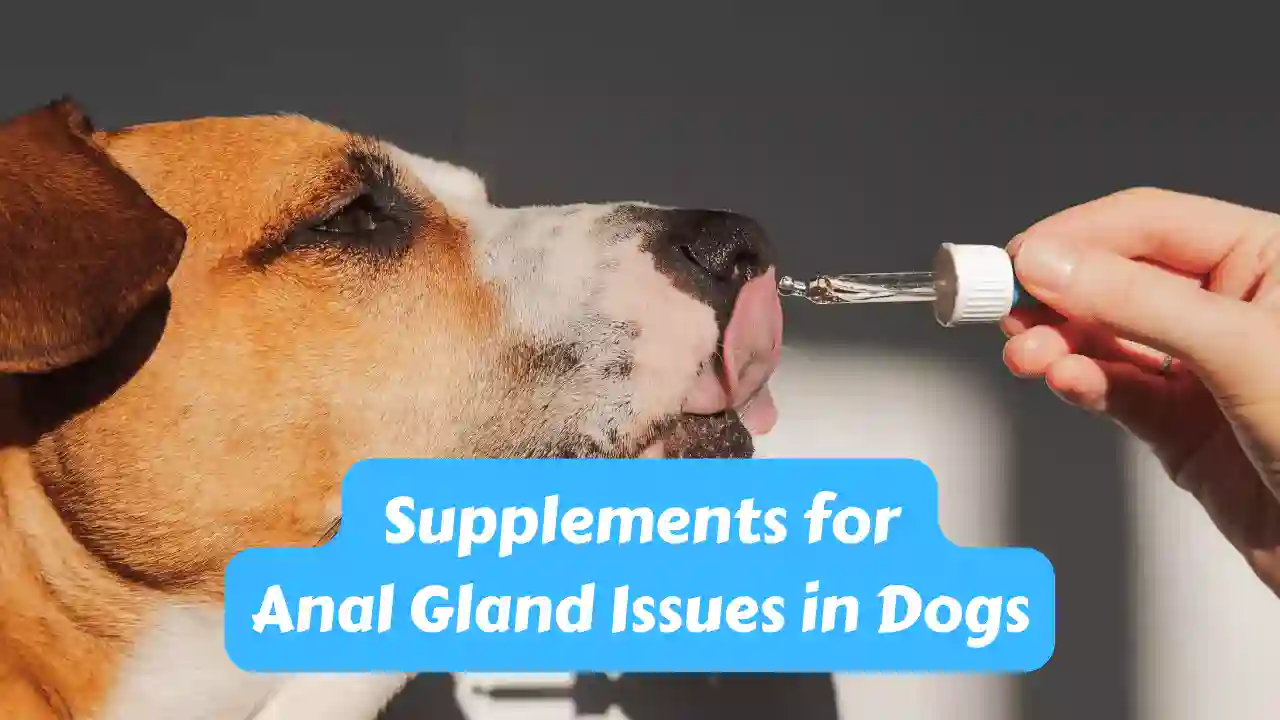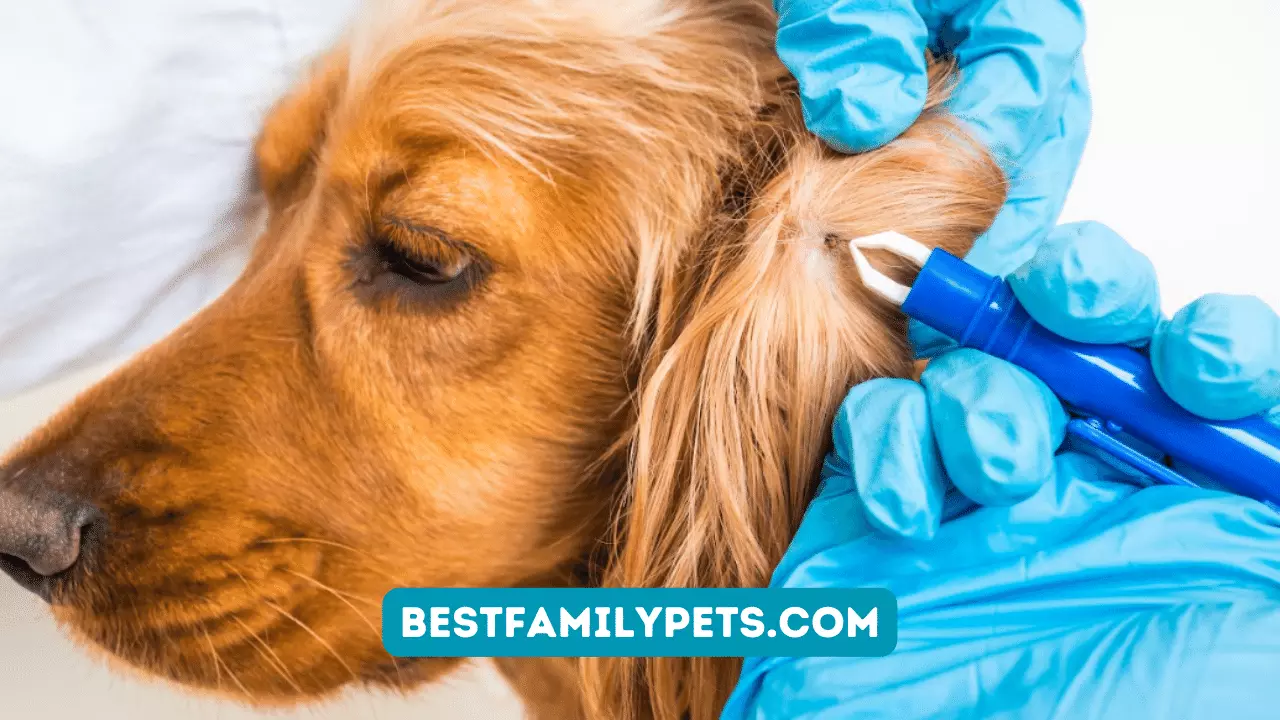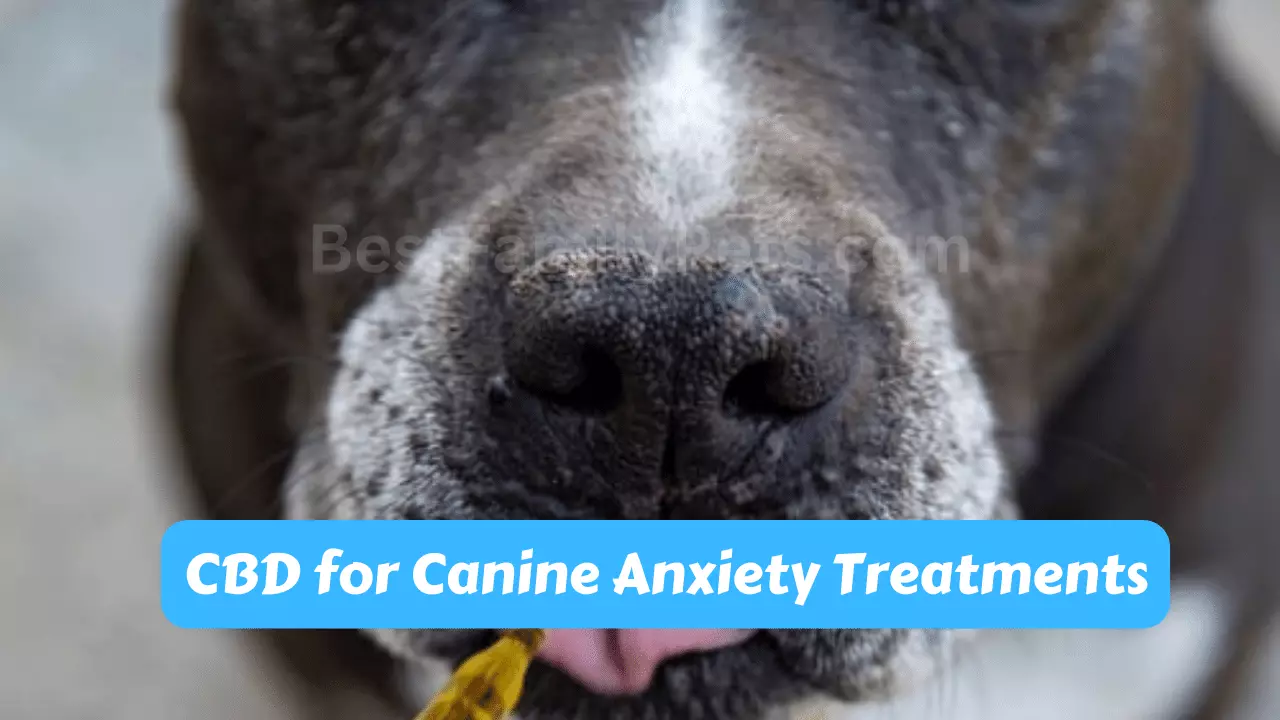Bloat-Prone Breeds: Exploring the Top Dog Breeds at Risk
Explore the top bloat-prone breeds and learn about the risks. Safeguard your furry companion’s health with our informative guide!
Bloat, also known as gastric dilatation-volvulus (GDV), is a serious and potentially life-threatening condition that affects certain dog breeds. It occurs when a dog’s stomach fills with gas, causing it to expand and rotate on its axis. This rotation can cut off blood supply to the stomach and other vital organs, leading to severe complications. Understanding the breeds that are prone to bloat is essential for dog owners and breeders to take necessary precautions and provide appropriate care.
Bloat is a condition that can affect any dog breed, but some breeds are more susceptible due to their unique anatomy and genetic predisposition. It is crucial to be aware of these bloat-prone breeds to ensure their well-being and minimize the risk of bloat-related complications. By taking preventive measures and recognizing the symptoms early on, dog owners can significantly improve the chances of successful treatment.
Factors Contributing to Bloat
Several factors contribute to the development of bloat in dogs. Bloat-prone breeds often have deep chests and narrow waists, which can increase the likelihood of the stomach rotating. Additionally, factors such as diet, exercise, and stress can also play a role in the occurrence of bloat.
Dietary considerations are crucial when it comes to preventing bloat. Feeding a dog one large meal a day, using elevated feeding bowls, or providing food that is high in fat or grain can increase the risk. Similarly, engaging in vigorous exercise shortly before or after meals can also contribute to the development of bloat.
Top Bloat-Prone Dog Breeds
- Great Danes: Known for their impressive size, Great Danes are one of the most common breeds affected by bloat. Their deep chests and narrow waists make them highly susceptible.
- Saint Bernards: These gentle giants are prone to bloat due to their large size and deep chests. It’s important for Saint Bernard owners to be aware of the risks and take necessary precautions.
- Weimaraners: These energetic hunting dogs have a lean build with deep chests, which puts them at risk of bloat. Vigilance is necessary to keep them safe.
- Boxers: Boxers have a deep chest and a muscular physique, making them susceptible to bloat. Proper care and feeding practices are essential for their well-being.
- Bloodhounds: With their characteristic loose skin and droopy jowls, Bloodhounds are prone to bloat. It’s important to monitor their health and take preventive measures.
- German Shepherds: These intelligent and loyal dogs are also at risk of developing bloat due to their deep chests. Careful management of their diet and exercise is crucial.
- Basset Hounds: Basset Hounds have a long, low-slung body and a deep chest, which increases their susceptibility to bloat. Special attention should be given to their feeding routines.
- Standard Poodles: Despite their elegant appearance, Standard Poodles are prone to bloat due to their deep chests. It’s important to be aware of their vulnerability and take necessary precautions.
Understanding the Risk Factors
While certain breeds are more predisposed to bloat, it’s important to consider other risk factors as well. Genetics play a significant role, as dogs with a family history of bloat are more likely to develop the condition. Age and gender can also contribute, with middle-aged and older dogs being at higher risk, as well as male dogs being more prone to bloat.
Feeding habits and dietary choices can influence the likelihood of bloat. Dogs fed one large meal a day or those on diets high in fat or grain are at greater risk. Furthermore, rapid eating, gulping air while eating, or drinking large amounts of water immediately after a meal can also increase the chances of bloat.
Recognizing the Symptoms
Being able to recognize the symptoms of bloat is crucial for early intervention. Some common signs of bloat include a visibly swollen abdomen, unproductive retching or vomiting, restlessness and discomfort, rapid breathing, and excessive drooling. If any of these symptoms are observed, it is essential to seek immediate veterinary attention.
Preventive Measures
Preventing bloat involves implementing certain measures in a dog’s daily routine. Feeding smaller meals multiple times a day, using slow-feed bowls or food puzzles, and avoiding vigorous exercise shortly before or after meals can help reduce the risk. Additionally, providing an elevated feeding bowl and ensuring a calm and stress-free eating environment can also be beneficial.
For certain high-risk breeds, such as Great Danes, a surgical procedure known as gastropexy can be performed. This procedure involves attaching the stomach to the abdominal wall, preventing it from rotating and reducing the risk of bloat.
Emergency Response and Treatment
Bloat is considered a medical emergency, and prompt action is crucial for the well-being of the dog. If bloat is suspected, it is essential to contact a veterinarian immediately. Diagnostic procedures such as X-rays or ultrasounds may be performed to confirm the diagnosis. Treatment options may include decompressing the stomach, surgically correcting the rotation if necessary, and providing supportive care.
Following treatment, post-operative care is crucial, and the dog’s activity should be limited. Regular follow-up visits with the veterinarian are essential to monitor the dog’s progress and ensure a smooth recovery.
Spreading Awareness and Education
Increasing awareness about bloat-prone breeds and the risk factors associated with bloat is important for both dog owners and breeders. Educating individuals on the proper feeding practices, exercise routines, and early detection of symptoms can significantly reduce the occurrence of bloat-related complications.
Responsible breeding practices also play a vital role in minimizing the risk of bloat. Breeders should screen their dogs for genetic predispositions and avoid breeding dogs with a history of bloat. Additionally, veterinarians should receive proper training on the early detection and treatment of bloat to provide effective care.
Conclusion
Understanding the top dog breeds at risk of bloat is essential for every dog owner and breeder. By recognizing the risk factors, implementing preventive measures, and being able to identify the symptoms, the chances of successful intervention and treatment can be significantly increased. Through education, awareness, and responsible breeding practices, we can minimize the impact of bloat on bloat-prone breeds and ensure the well-being of our canine companions.
FAQs (Frequently Asked Questions)
Can any dog breed experience bloat?
While any dog breed can experience bloat, certain breeds are more susceptible due to their anatomy and genetic predisposition.
How can I prevent bloat in my dog?
Feeding smaller meals multiple times a day, using slow-feed bowls, and avoiding vigorous exercise before and after meals can help prevent bloat.
Are there surgical options available for preventing bloat?
Yes, for high-risk breeds, a surgical procedure called gastropexy can be performed to reduce the risk of bloat.
What are the common symptoms of bloat?
Common symptoms of bloat include a swollen abdomen, unproductive retching or vomiting, restlessness, rapid breathing, and excessive drooling.
Is bloat a life-threatening condition?
Yes, bloat is a serious and potentially life-threatening condition that requires immediate veterinary attention.
-

Choosing the Best Dog Harness for Hip Dysplasia
Finding the best dog harness for hip dysplasia? This guide explores options for support, comfort, & mobility, helping your furry friend live an active life.
-



Ringworm in Cats
Learn about ringworm in cats, including causes, symptoms, diagnosis, treatment, and prevention. Keep your feline friend healthy!
-



Best Ways to Treat a Cat with Upper Respiratory Issues
Is your cat suffering from upper respiratory issues? Discover the best ways to provide relief and care for your furry friend’s symptoms here.
-



Information about Dog Respiratory Infection
Protect your pup’s health! Learn valuable insights about dog respiratory infections and take necessary steps to safeguard their well-being.
-



Exploring Canine Physiology: Understanding the Red Rocket in Dogs
Dive into canine anatomy! Gain insights into the intriguing ‘red rocket’ phenomenon in dogs and unravel the mysteries of their physiology.
-



10 Best Tapeworm Dewormer Supplement for Cats
Protect your cat from tapeworms with our top 10 list of the best dewormer supplements for cats. Choose effective options for your cats.
-



Bloat-Prone Breeds: Exploring the Top Dog Breeds at Risk
Explore the top bloat-prone breeds and learn about the risks. Safeguard your furry companion’s health with our informative guide!
-



Pet Dental Health: Why It Matters and How to Maintain It
Protect your pet’s smile! Learn why dental health matters and how to maintain it for your furry friend. Follow our guide for a healthier pet.
-



Puppy Poop Overload: The Reasons Behind Frequent Defecation
Uncover the causes of frequent puppy poop. Gain insights into the reasons behind increased defecation and ensure your pup’s well-being.
-



My Dog Has Bad Breath. What Do I Do?
If you’re unsure of what’s causing dog has bad breath, the best course of action is to take them to the vet!
-



10 Best Natural Estrogen Supplements for Dogs
Improve your dog’s health with these top 10 natural estrogen supplements. Keep your furry friend happy and healthy.
-



10 Best Supplements for Anal Gland Problems Dogs
Relieve your dog’s anal gland problems with these 10 best supplements. Learn about their benefits and how they can improve your pet’s health.
-



How To Treat Your Dog For Fleas?
Fleas are tiny insects that feed on the blood of their hosts, such as dogs. Here are some of the ways you can treat your dog for fleas!
-



Treatment For Cushing Disease In Dogs
Learn about the causes, symptoms, and treatment options for Cushing’s disease in dogs. Help your dog manage this condition today.
-



CBD for Canine Anxiety Treatments
Explore the benefits of using CBD for canine anxiety – Discover the science behind it and learn about effective treatment options.


